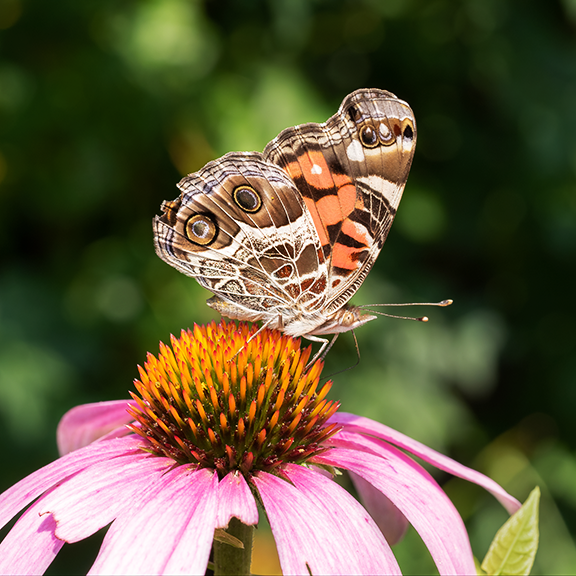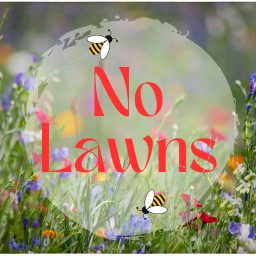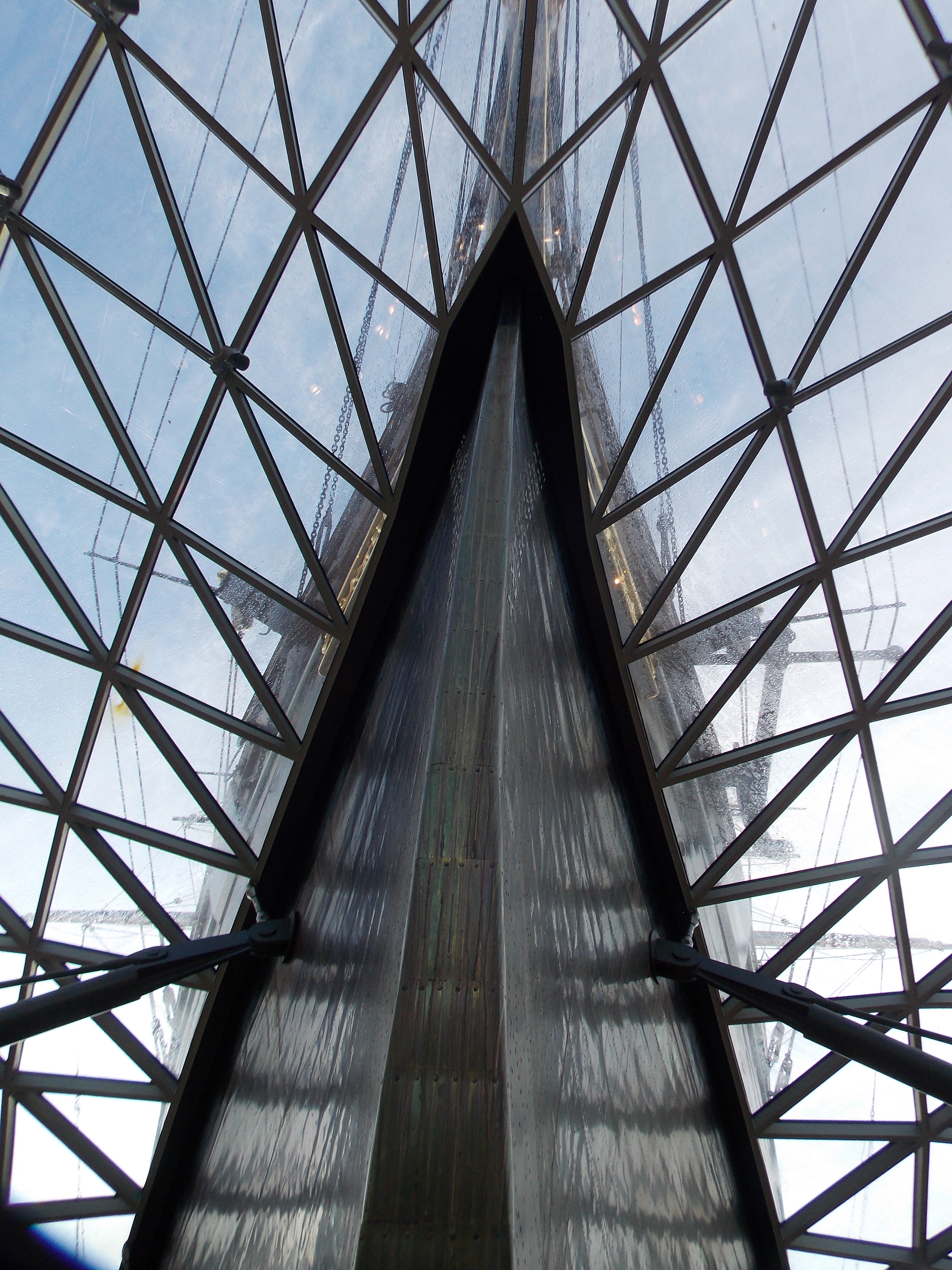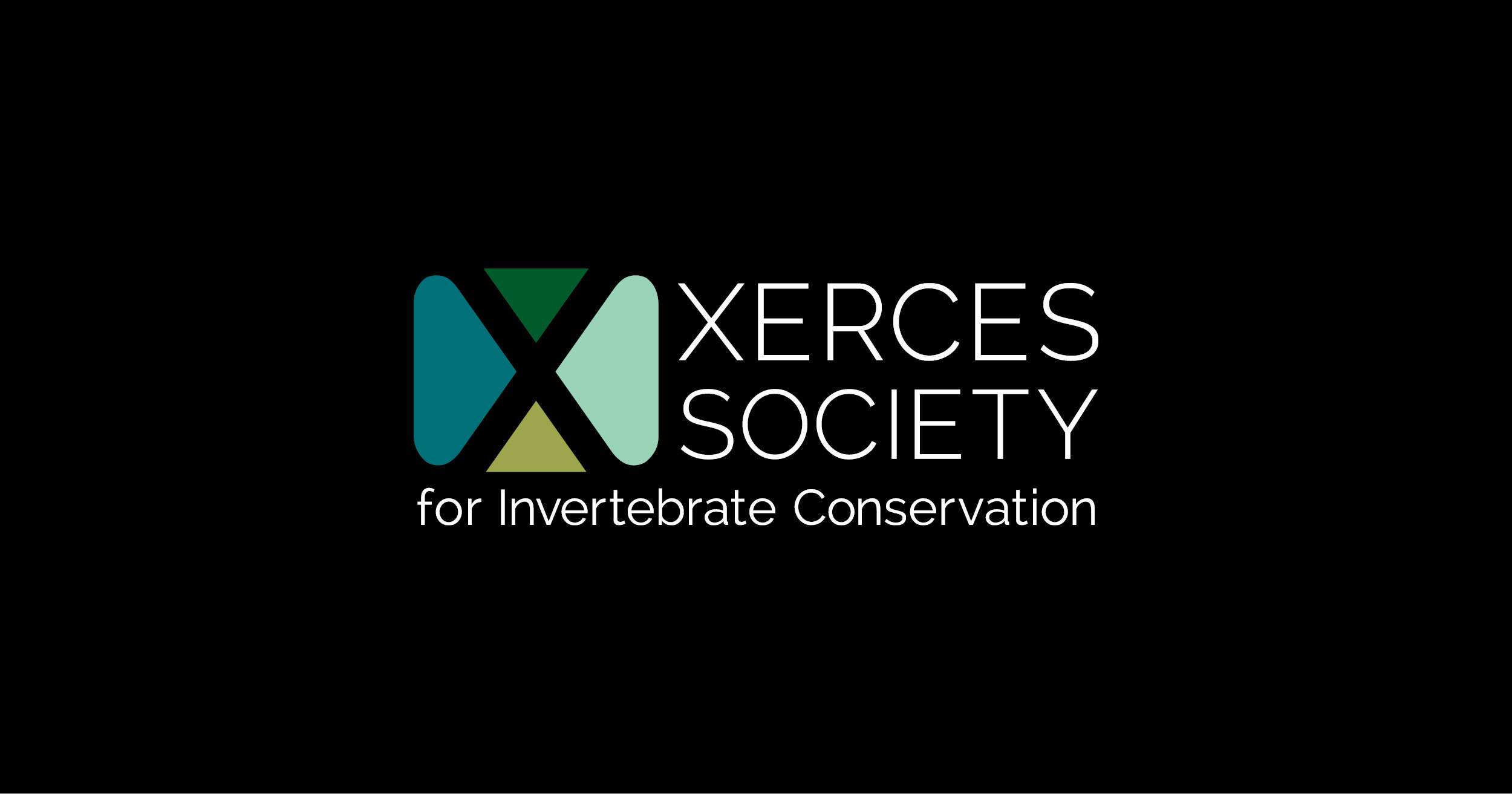Okay I get the appeal of the uranium glassware, but why the arsenic book covers?
- 5 Posts
- 64 Comments

 12·1 month ago
12·1 month agoAnd this is in 2015, after we’d recovered from the great recession but before the housing/rental market forced a lot of families back into multi-generational housing situations.

 261·2 months ago
261·2 months agoEasy, NASA sends you up with one hundred tampons
There are vegan blood meal alternatives out there to resolve this exact conundrum.
But the reality is, unless your plants are being grown hydroponically in a sealed warehouse or similar, chances are real good that they are feeding on decaying animals (either directly or indirectly) whether you like it or not. They’re mostly insects and annelids and such, but still animals.
I think the issue for vegans is more about whether animal slaughter was involved in making their fertilizer. Dead pillbugs in the soil is just nature doing its cycle of life thing.
Not a paleontologist, but these renditions seem shockingly consistent for a dinosaur. T-Rex for example went from full upright to balanced to covered in feathers in half this timeframe. And let’s not even talk about poor iguanodon…
Feeders are okay, but the real joy comes from watching hummingbirds feed at flowers. In my experience they’re big fans of fuchsias, and I’ve also seen them at fireweed.
Edit: dropped an h, misplaced an s
Sooo are centipedes like fruit flies and not engage in any real form of sexual selection, or is the female going around judging the fuck out of every jizz pile she encounters?
“Mmm-mm, look at that poor viscosity, obviously from a low-quality male. This one on the other hand: deep color, firm texture, nice and sticky… clearly produced by a male with the superior genes I want to pass along to my offspring.”

 1·3 months ago
1·3 months agoThere is plenty of grain-free food out there; it’s even a search option on chewy. The problem is the grain filler is often replaced by something else that’s either not nutritious for cats or possibly even harmful (like potato and peas), and that still doesn’t resolve the moisture content issue.

 4·3 months ago
4·3 months agoMy cat gets both with every meal. My understanding is that wet food is much more nutritious, if for no other reason than the moisture content. Fortunately my cat is pretty good about drinking water, but getting enough hydration can be a problem for some individuals. My cat will usually eat the wet food first, then snack on the dry food over the next few hours.
I’ve watched family cats rack up huge vet bills and cause much heartache because they received improper nutrition; wet food may be way more expensive and inconvenient, but it’s a worthwhile investment (same as with humans!)
Okay but if Arizona and New Mexico’s mountain regions get forest cutouts, central Washington needs a grasslands cutout to represent its shrub-steppe habitat.
If you do, the full Xerces plant lists database (all US regions) is here https://xerces.org/publications/plant-lists
And the plants database is here https://plants.usda.gov/home
A great resource to get you started on native/pollinator plants is Xerces society. They have two plant guides for your area: https://xerces.org/publications/plant-lists/monarch-nectar-plants-midwest and https://xerces.org/publications/plant-lists/native-plants-for-pollinators-and-beneficial-insects-midwest. You can cross-reference these guides with the USDA Plants database (linked above) which has county-level data (zoom way in on the map) if you only want to plant species native to your county.
It can be difficult to find some native plant species at nurseries, in which case I source seeds online and plant those instead. Sometimes they don’t work out (poor germination) but seeds are so much cheaper than buying plant starts so it’s still more frugal even if half of the species you buy are unable to germinate. It’s best to source seed as locally as possible (a company based in Chicagoland, or at least WI, IL, or IN).
I’m in the PNW so we don’t have a lot of overlap in native species, however I can recommend selfheal. Selfheal is a great ground cover that’s native to much of the US (including Cook Co). If you let it grow it gets to be about a foot high, but you can also mow it and it’ll stay more grass height. It produces little purple flowers and is evergreen in my area (but probably not yours). I haven’t had any luck getting it to self propagate or germinate from seeds I’ve spread in the yard, but the plants I’ve germinated in pots (super easy) and planted in the ground have established and are still doing great years later. In other words, you can grow in amongst grass ala clover, or let it grow as a standalone plant.
But I guess that leads me to my main question, which is do you want to forego having a “lawn” entirely, or do you still want an area that can support foot traffic, but populated with lawn-substitute plants (eg native grasses and grass-companions like clover and selfheal)?
Where misty rain?
Obligatory “wet food is much better for cats if for no other reason than the moisture content”
Cats are apparently one of those species that’s used to getting most of their fluids via their prey, and can be bad at drinking enough water when fed a dry food diet (in my experience this is highly dependent on the individual cat: some are “picky drinkers”).
Oh right I completely forgot about tamagoyaki, probably because it’s not pure egg, it has other ingredients mixed in too. But yes, those are thoroughly cooked!
Sounds like your area takes their eggs more seriously than where I’ve been! Do you know how close to hard-boiled they can get? I kind of assume they have a topping-out point below fully-cooked-yolk.
I’ve had onsen tamago, and they’re closer to raw eggs than soft boiled eggs. Still yummy, but “cooked” is perhaps overselling it. (Eating raw or barely cooked eggs in Japan is extremely common, to the point that I don’t think I saw a fully-cooked egg in all the years I lived there. Even their omelettes are runny.)

 2·4 months ago
2·4 months agoBluebonnets are so magnificent!
Our bloom season is May-June. I kind of wish our lupine bloomed sooner, as there aren’t a lot of flowers for the pollinators in March-April, mostly just dandelions. I’ve read fruit tree blossoms are supposed to be a primary food source for bees in early spring, but I saw bees out and about earlier than the blossoms opened this year. Plus fruit trees aren’t exactly native or wild plants, so I’m unclear as to what the native pollinators ate in early spring prior to human agriculture and the introduction of non-native species!







Magnolias have entered the chat